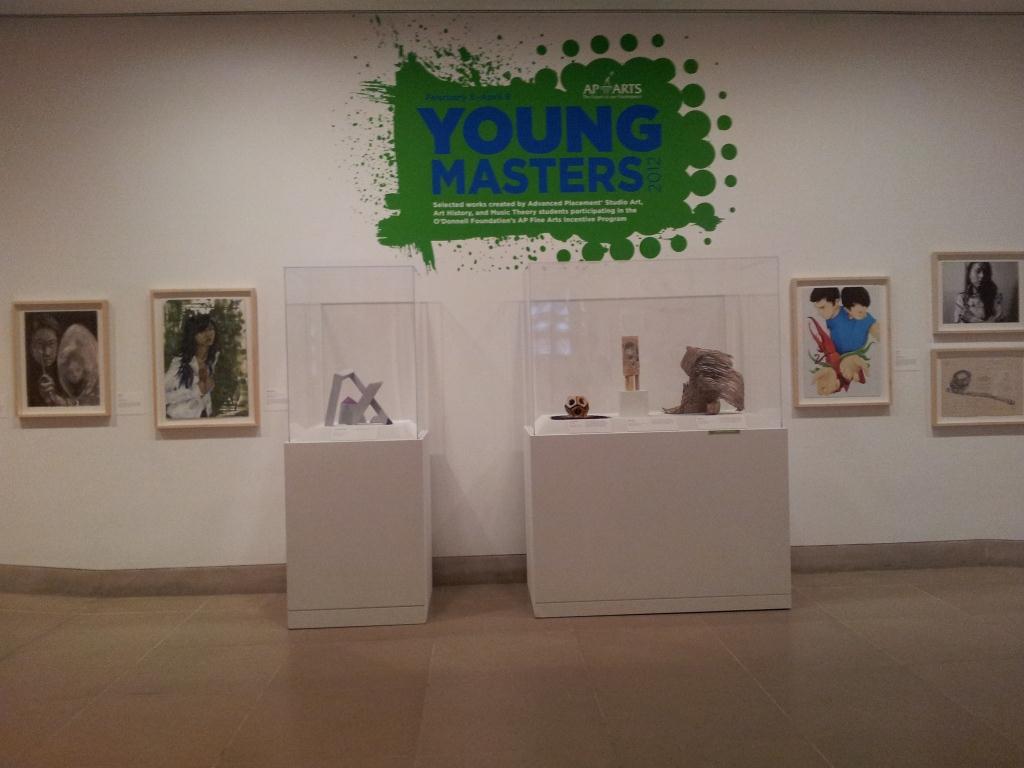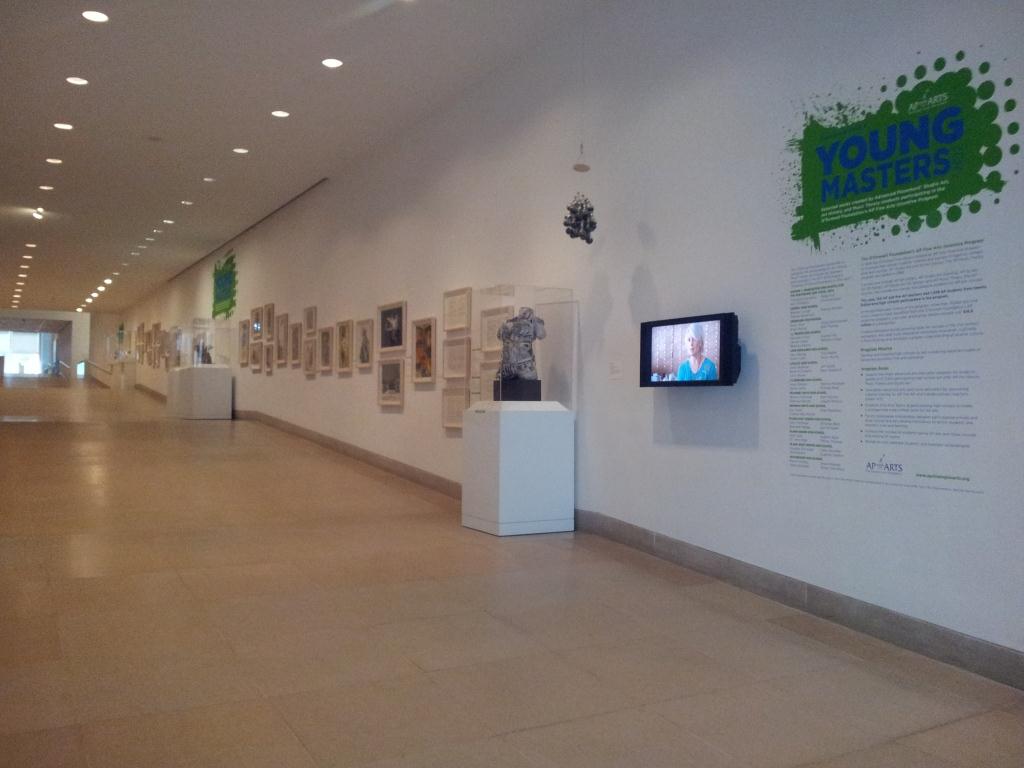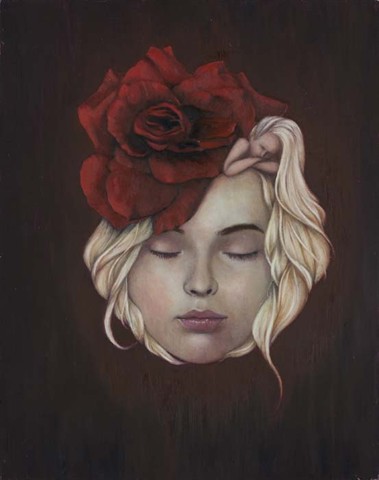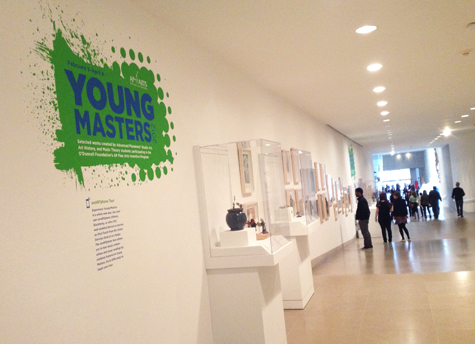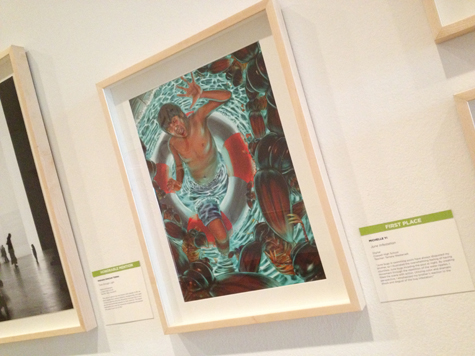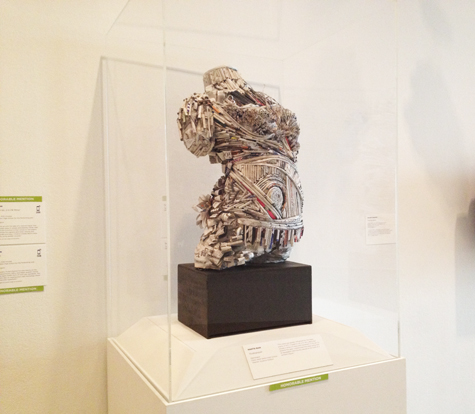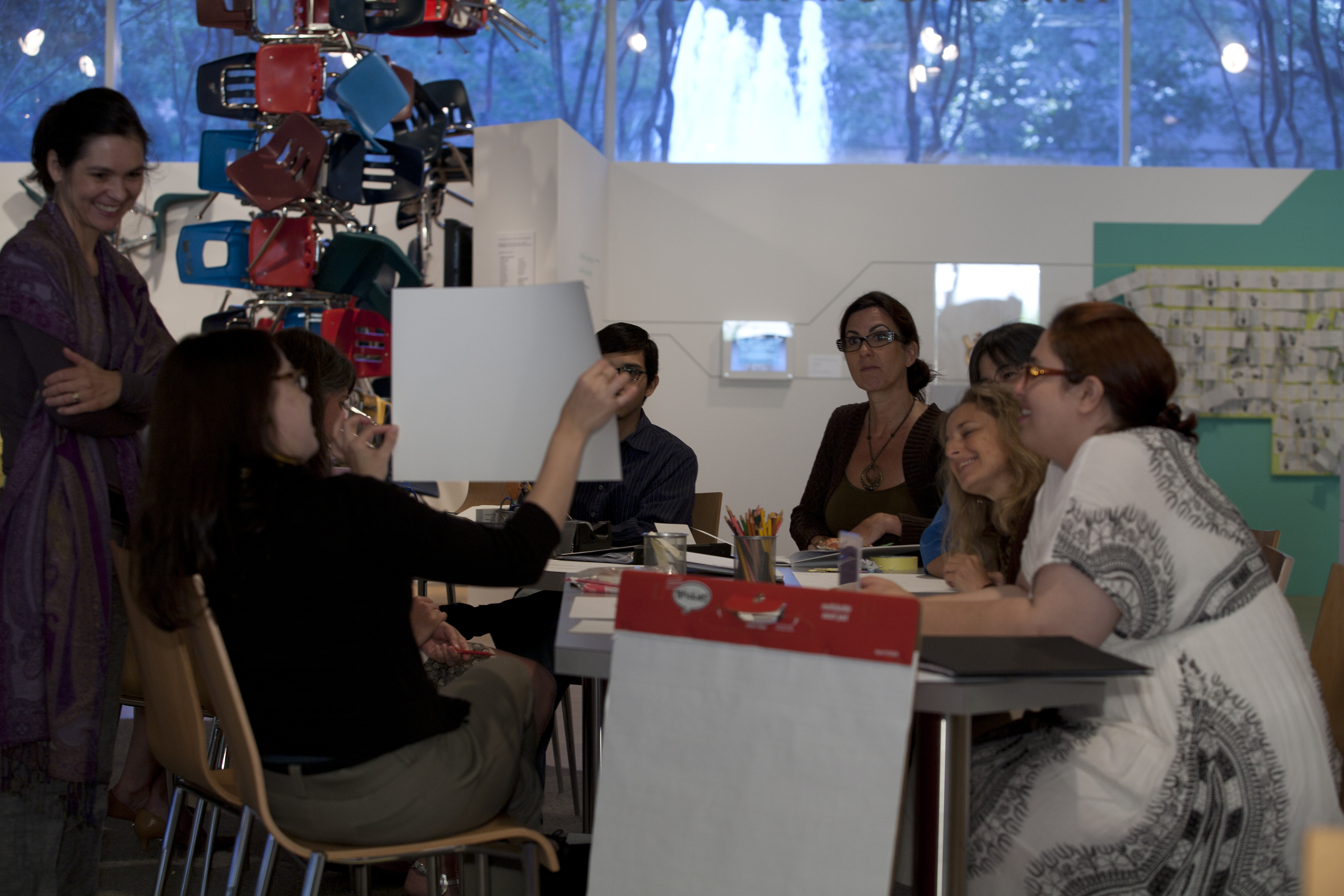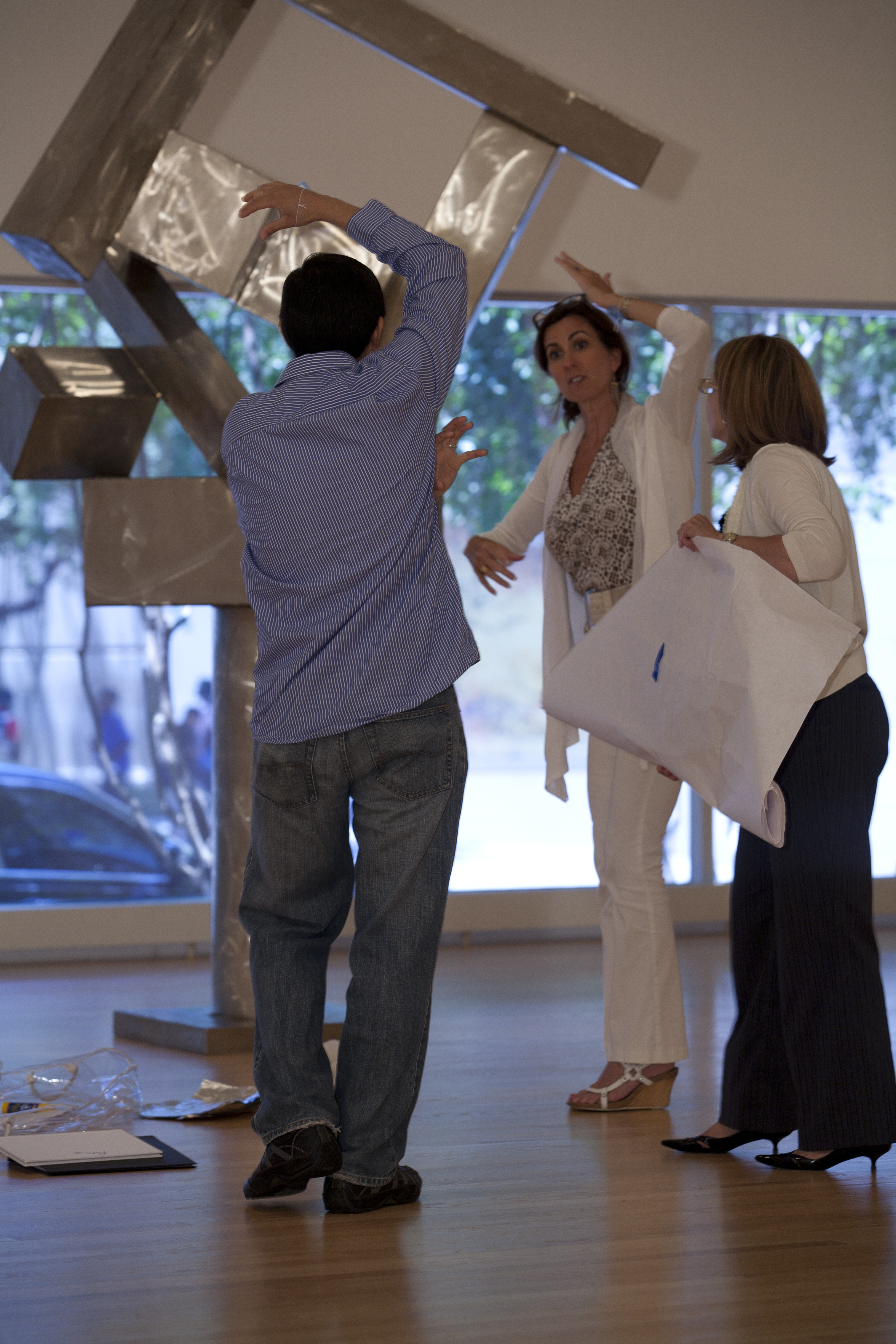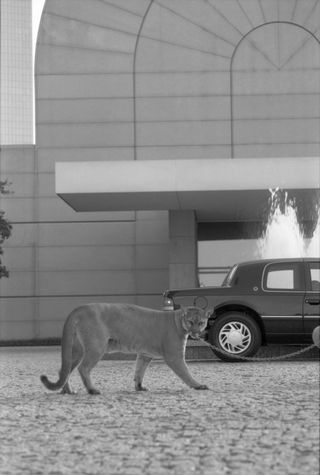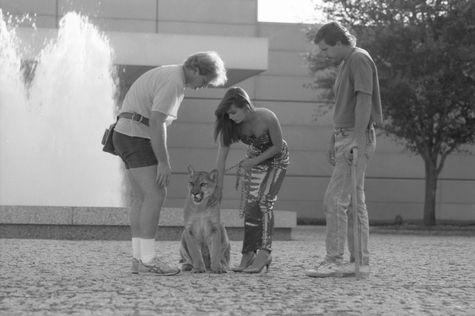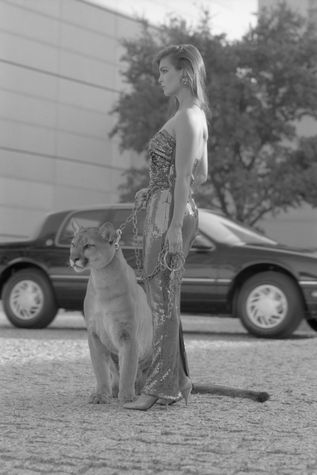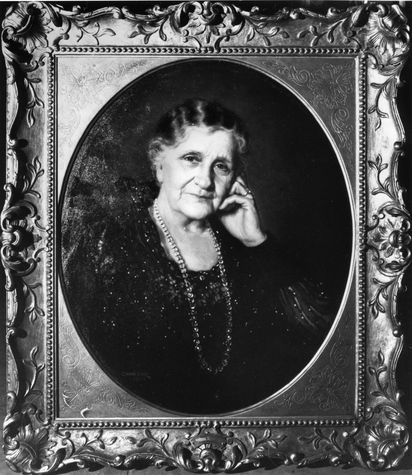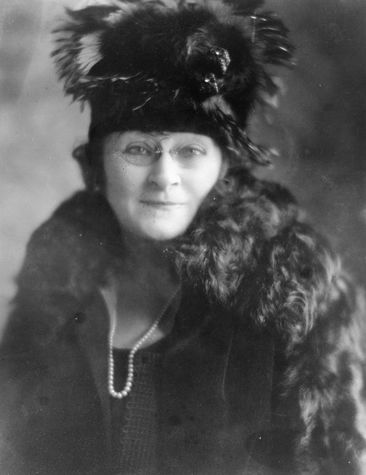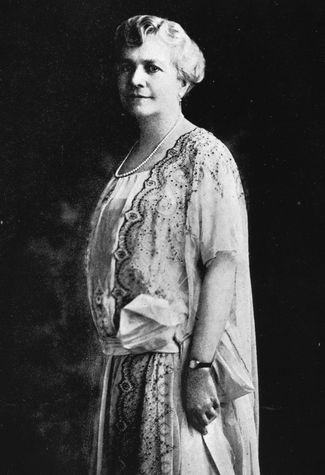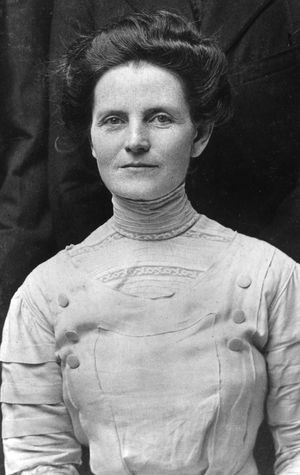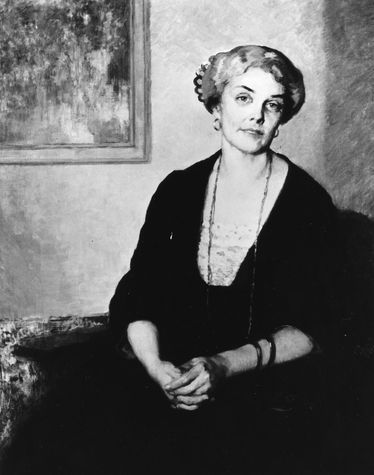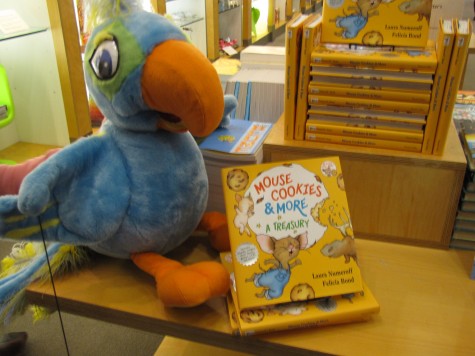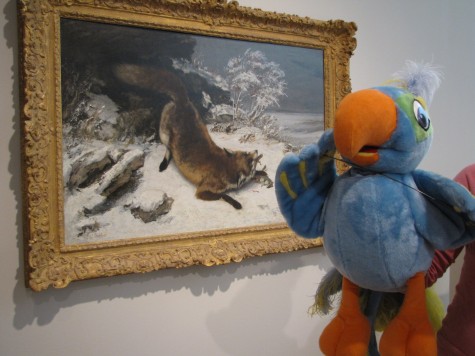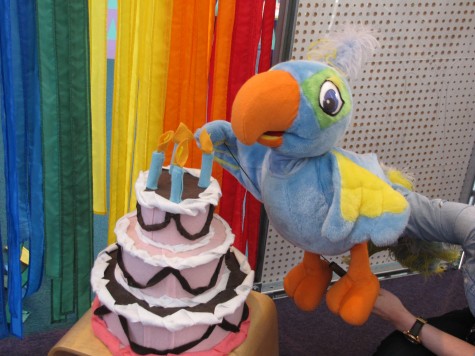It’s official, today is the first day of spring! Which means I get to do some of my very favorite things.
Like picnics and swimming
Brunch and tennis
Smelling the flowers
And wearing dresses
Playing outside and enjoying nature
Once again, it’s my favorite time of the year.
I guess there’s just something about the sunshine that makes me want to rhyme. In the spirit of the new season, I have paired a few beautiful springtime scenes from the DMA’s collection with poetry. I hope you enjoy!
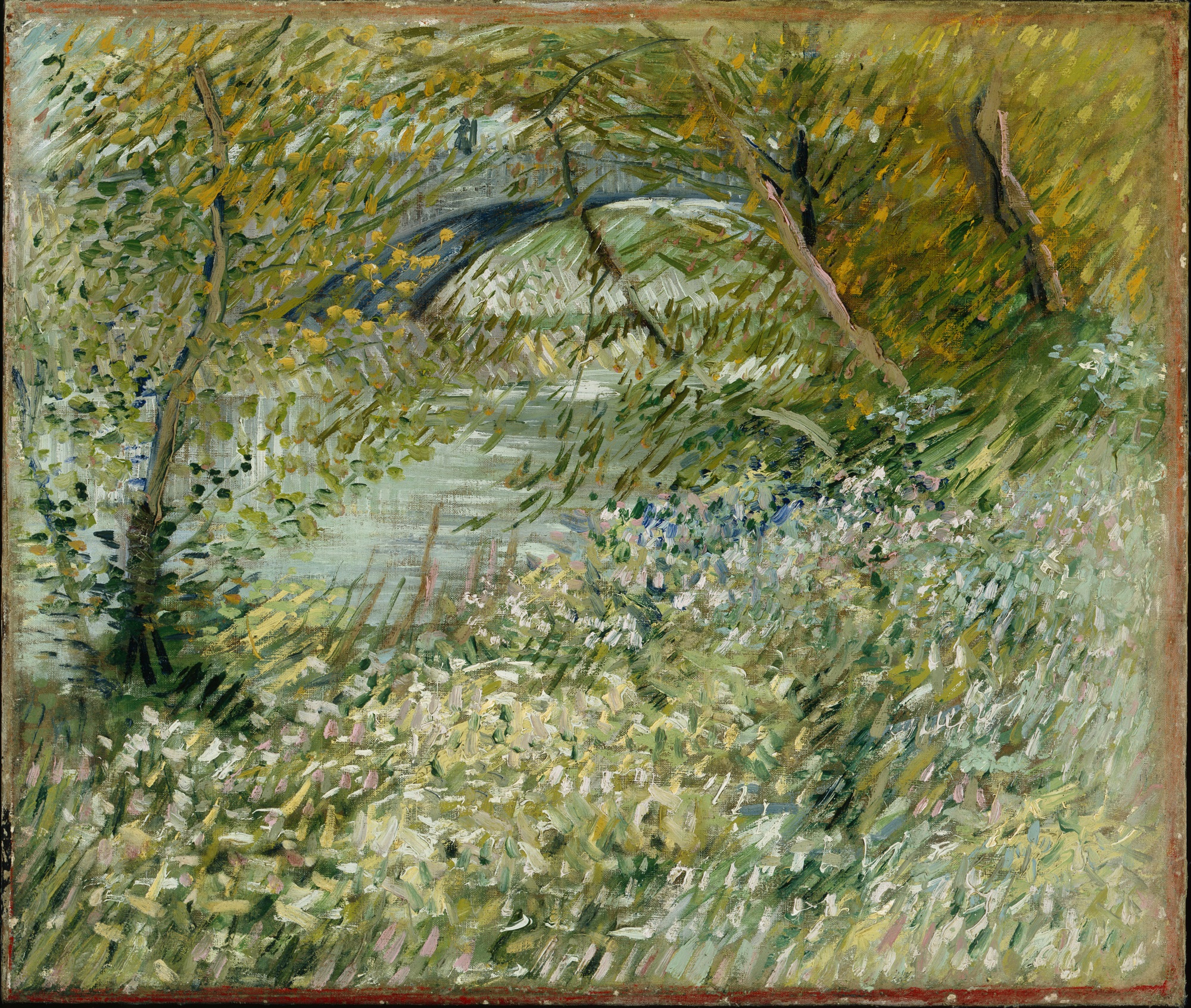
River Bank in Springtime, Vincent van Gogh
Never Mind, March
Never mind, March, we know
When you blow
You’re not really mad
Or angry, or bad;
You’re only blowing the winter away
To get the world ready for April and May
~ Author Unknown
.

Early Spring in Central Park, Nicolai Cikovsky
I Meant To Do My Work Today
I meant to do my work today,
But a brown bird sang in the apple tree,
And a butterfly flitted across the field,
And all the leaves were calling me.
And the wind went sighing over the land,
Tossing the grasses to and fro,
And a rainbow held out its shining hand–
So what could I do but laugh and go?
~ Richard Le Gallienne
.
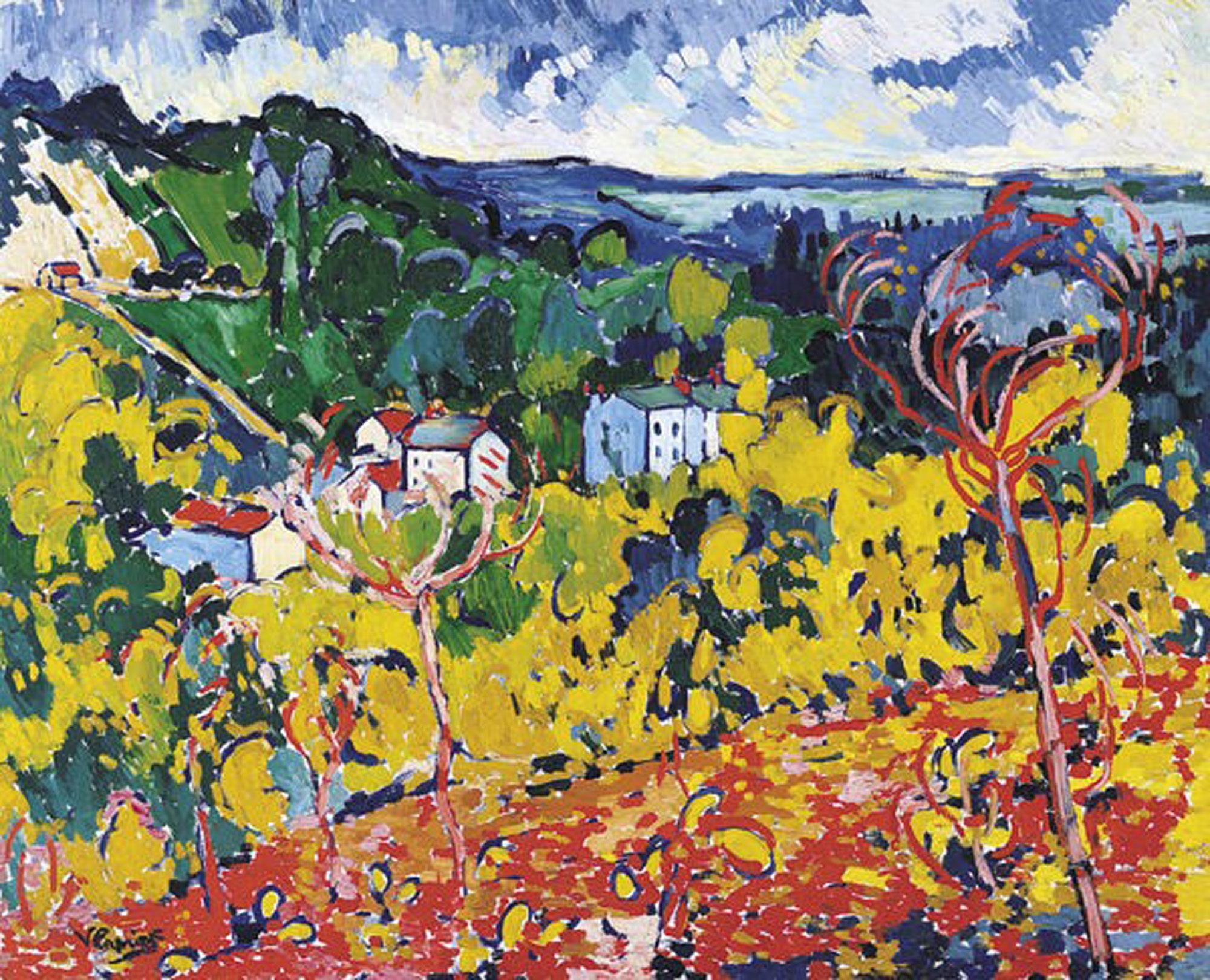
Bougival, Maurice de Vlaminick
Sunflakes
If sunlight fell like snowflakes
gleaming yellow and so bright
we could build a sunman
we could have a sunball fight.
We could watch the sunflakes
drifting in the sky
We could go sleighing
in the middle of July
through sundrifts and sunbanks
we could ride a sunmobile
and we could touch sunflakes-
I wonder how they’d feel.
~Frank Asch
.
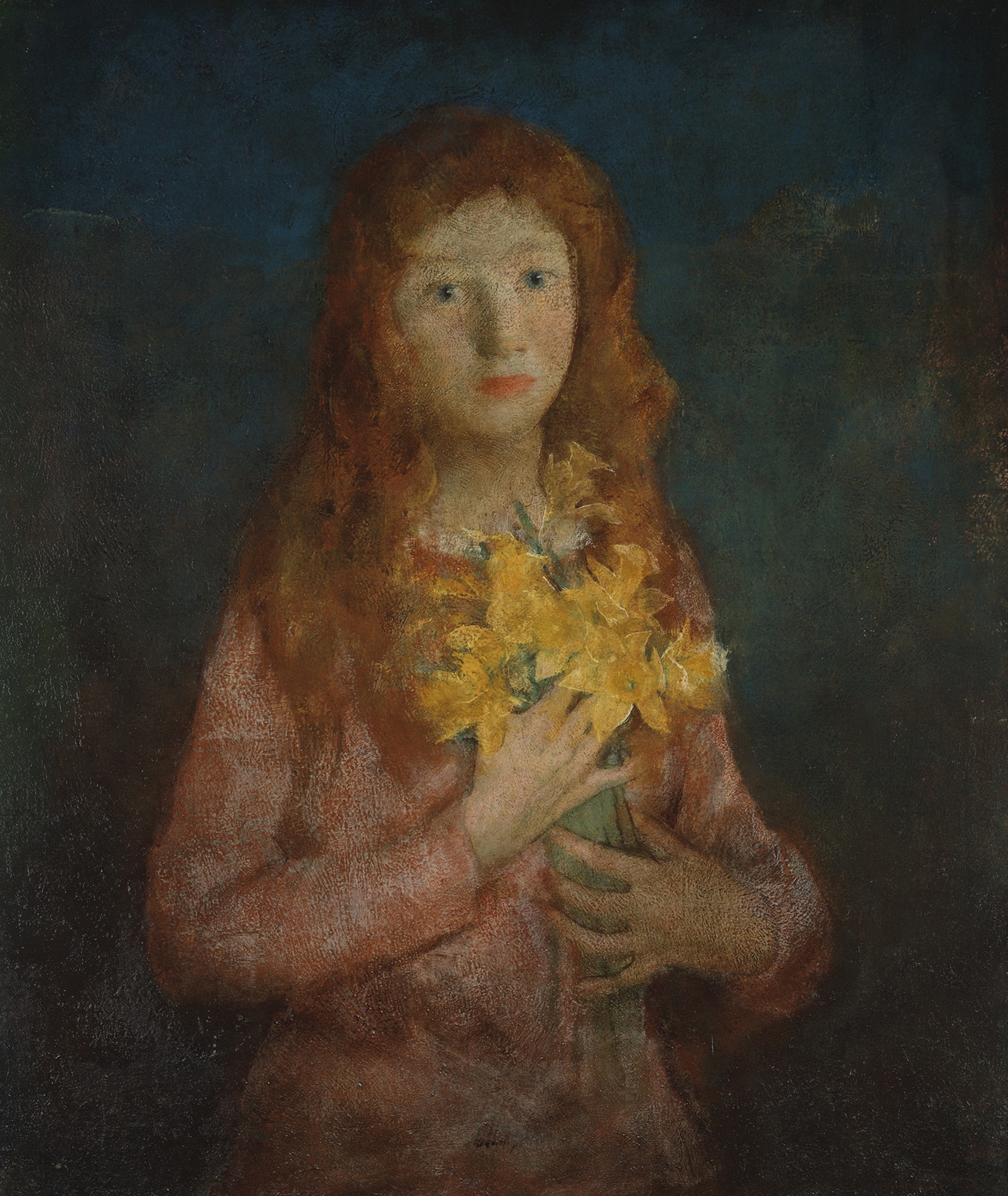
A Host of Golden Daffodils, Charles Webster Hawthorne
Daffy Down Dilly
Daffy Down Dilly
Has come to town
In a yellow petticoat
And a green gown.
~ Mother Goose nursery rhyme
.
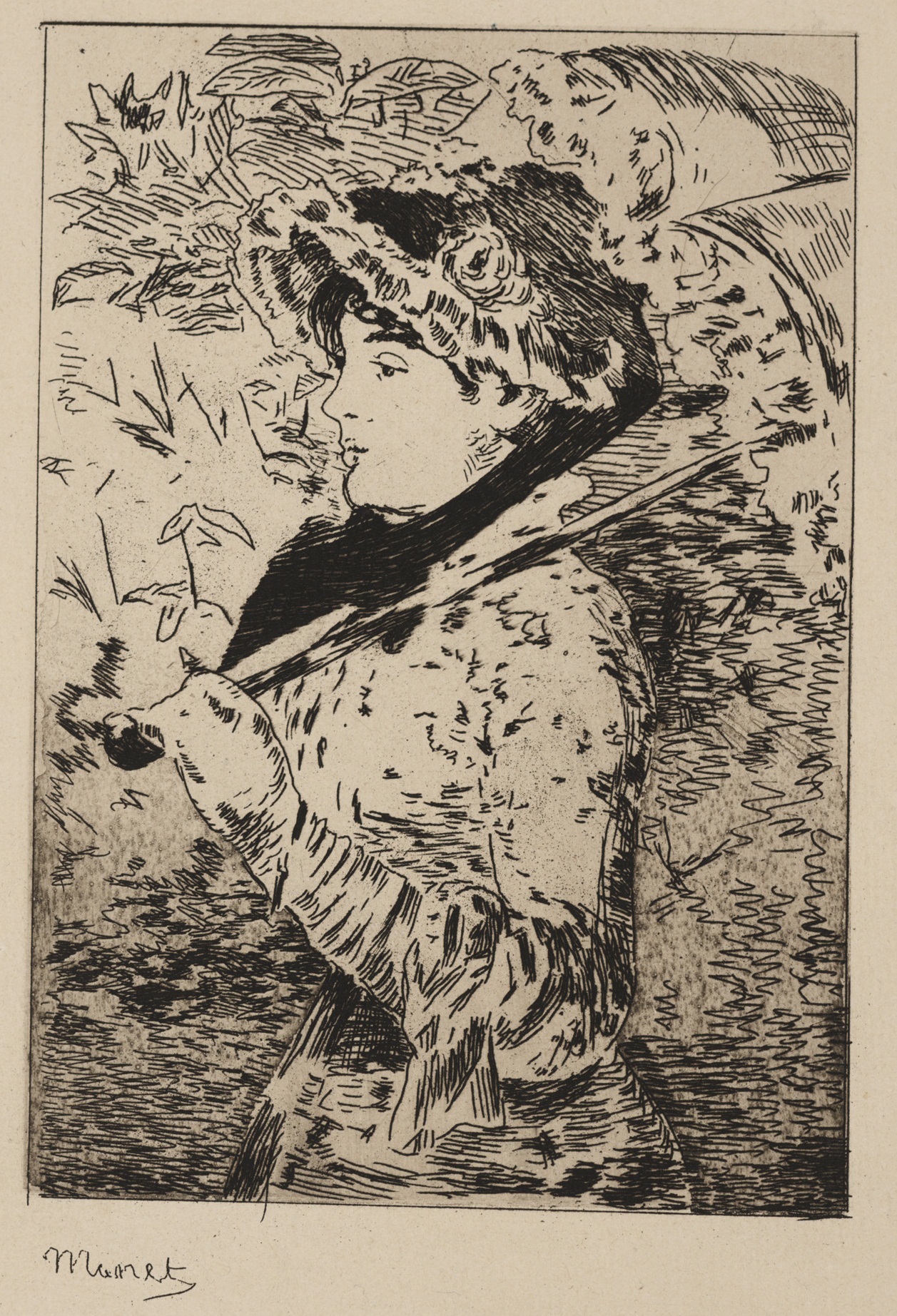
Jeanne: Spring, Edouard Manet
March
Dear March, come in!
How glad I am!
I looked for you before.
Put down your hat-
You must have walked-
How out of breath you are!
Dear March, how are you?
And the rest?
Did you leave Nature well?
Oh, March, come right upstairs with me,
I have so much to tell.
~ Emily Dickinson
What do you love about spring?
Hannah Burney
McDermott Education Intern for Teaching Programs and Partnerships
Artworks shown:
River Bank in Springtime, Vincent van Gogh, 1887, oil on canvas, Dallas Museum of Art, gift of Mr. and Mrs. Eugene McDermott in memory of Arthur Berger
Early Spring in Central Park, Nicolai Cikovsky, date unknown, lithograph, Dallas Museum of Art, Foundation for the Arts Collection, gift of Mrs. Alfred L. Bromberg
Bougival, Maurice de Vlaminick, 1905, oil on canvas, Dallas Museum of Art, The Wendy and Emery Reves Collection
A Host of Golden Daffodils, Charles Webster Hawthorne, before 1927, oil on canvas affixed to composition board, Dallas Museum of Art, gift of Edna Smith Smrz in memory of Mrs. Ed C. Smith, Sr.
Jeanne: Spring, Edouard Manet, 1882, etching and aquatint, Dallas Museum of Art, Junior League Print Fund

